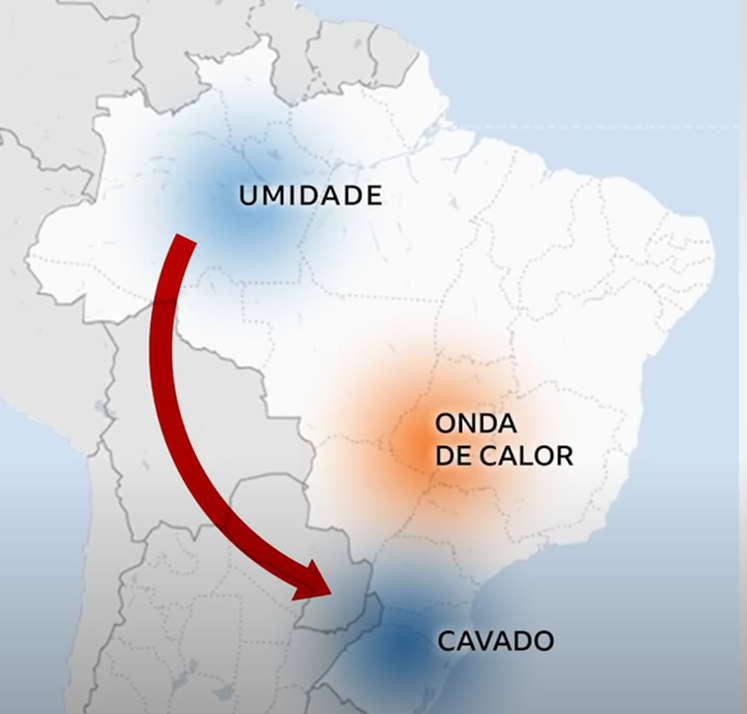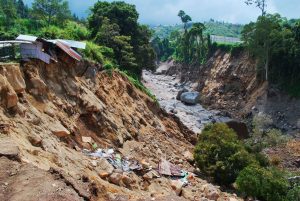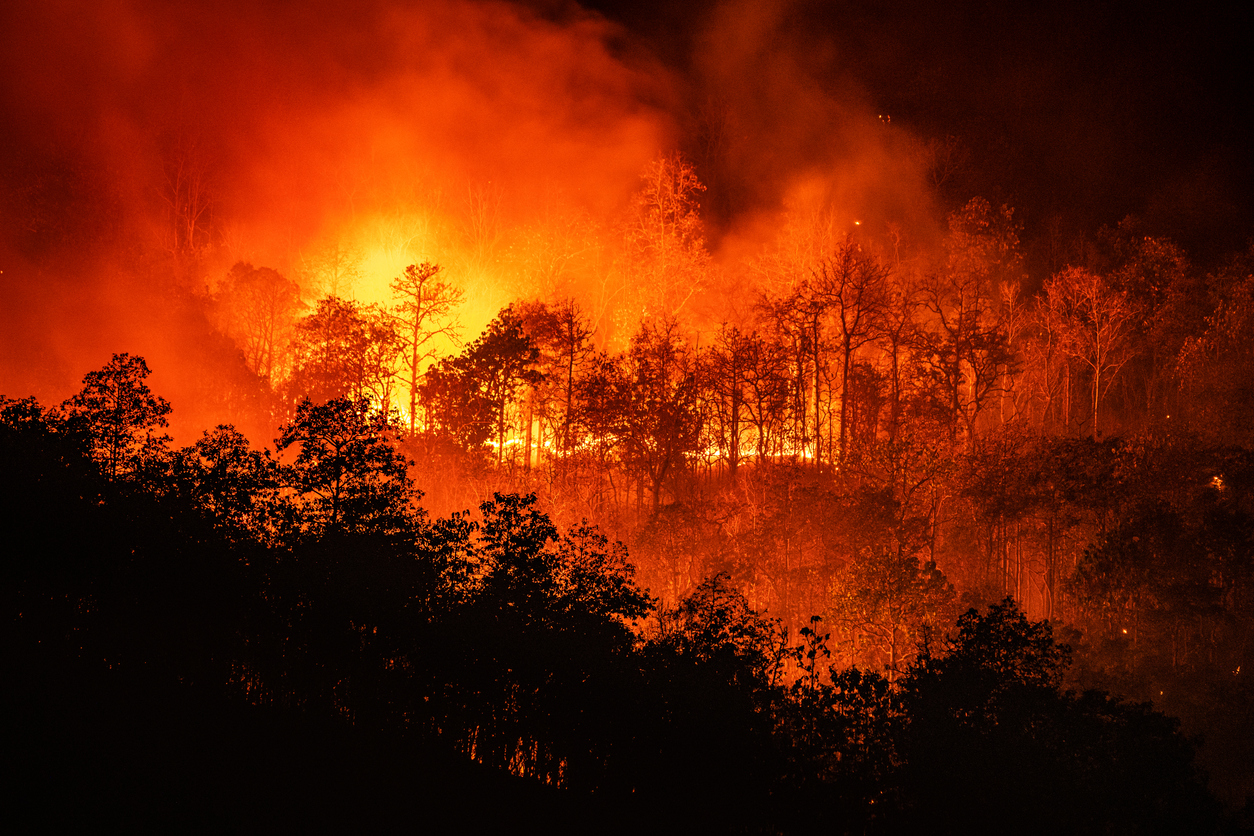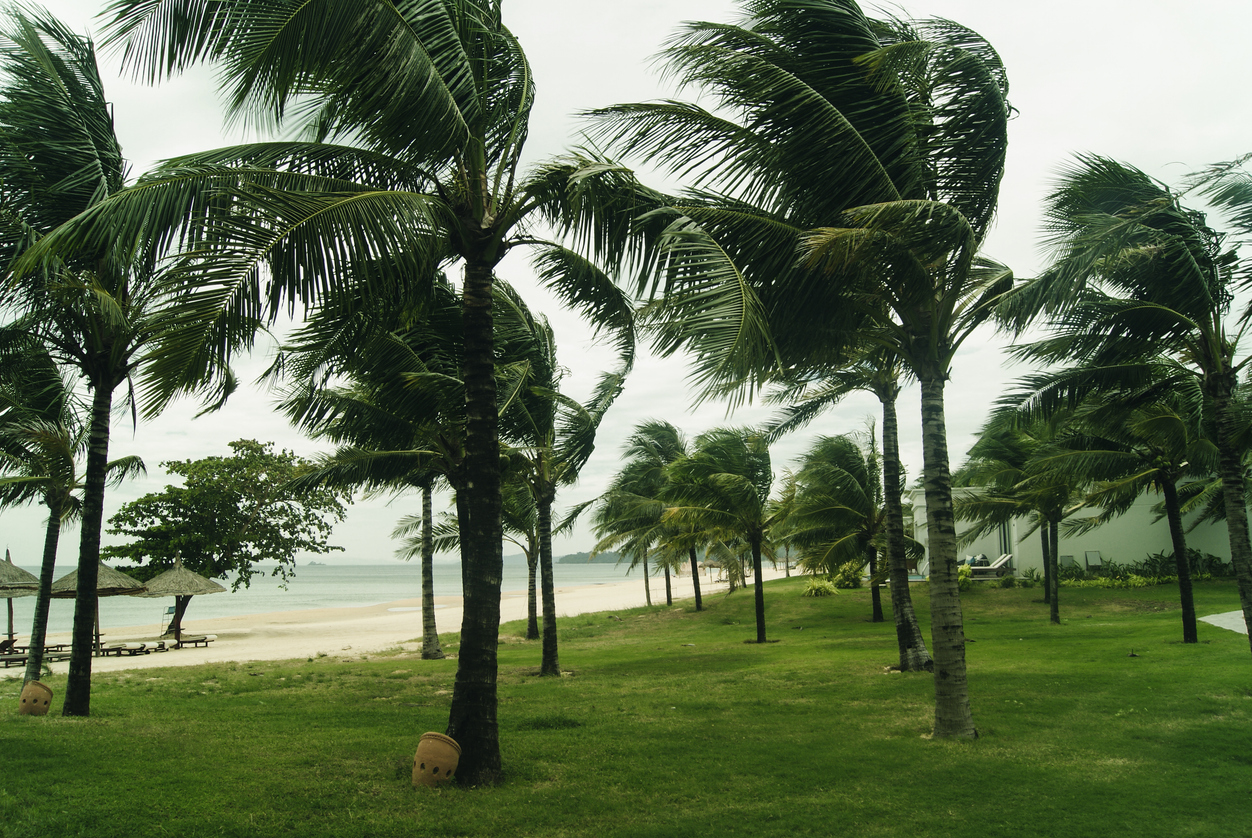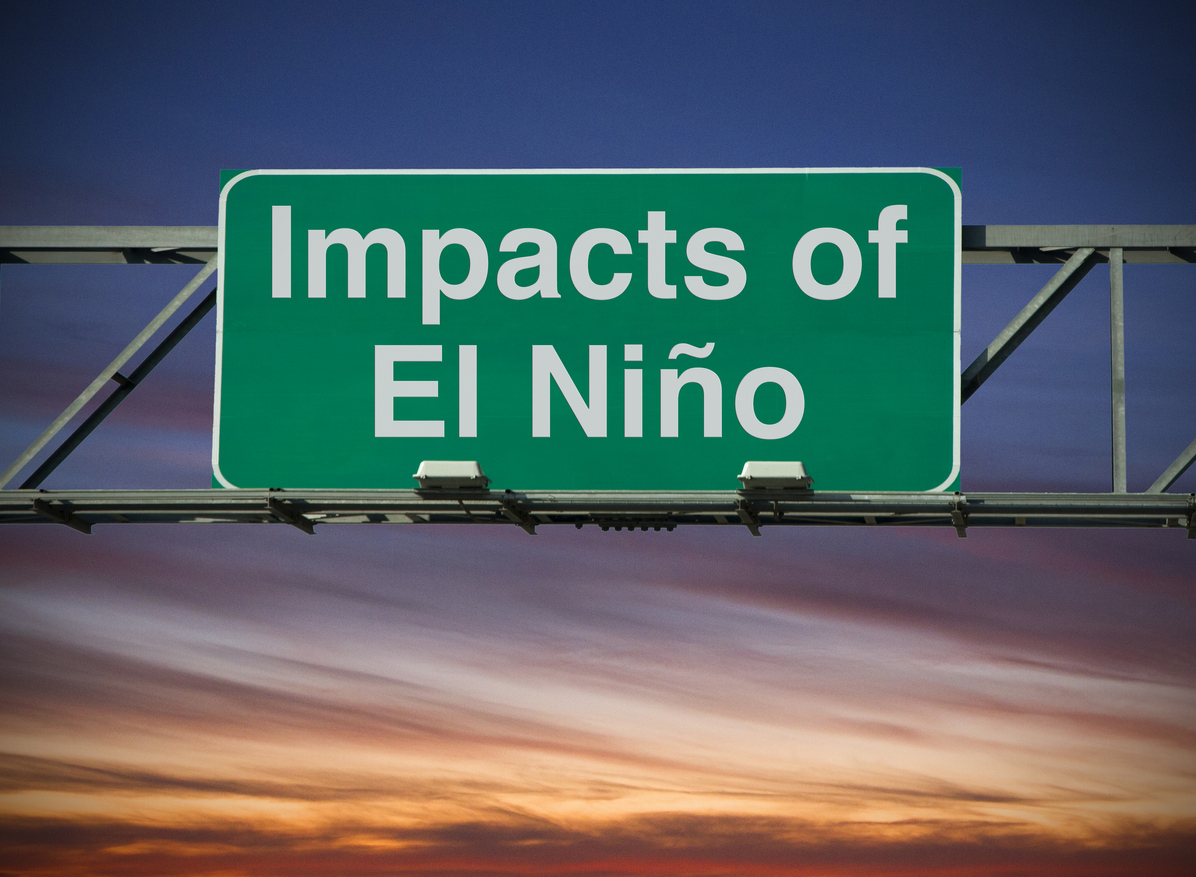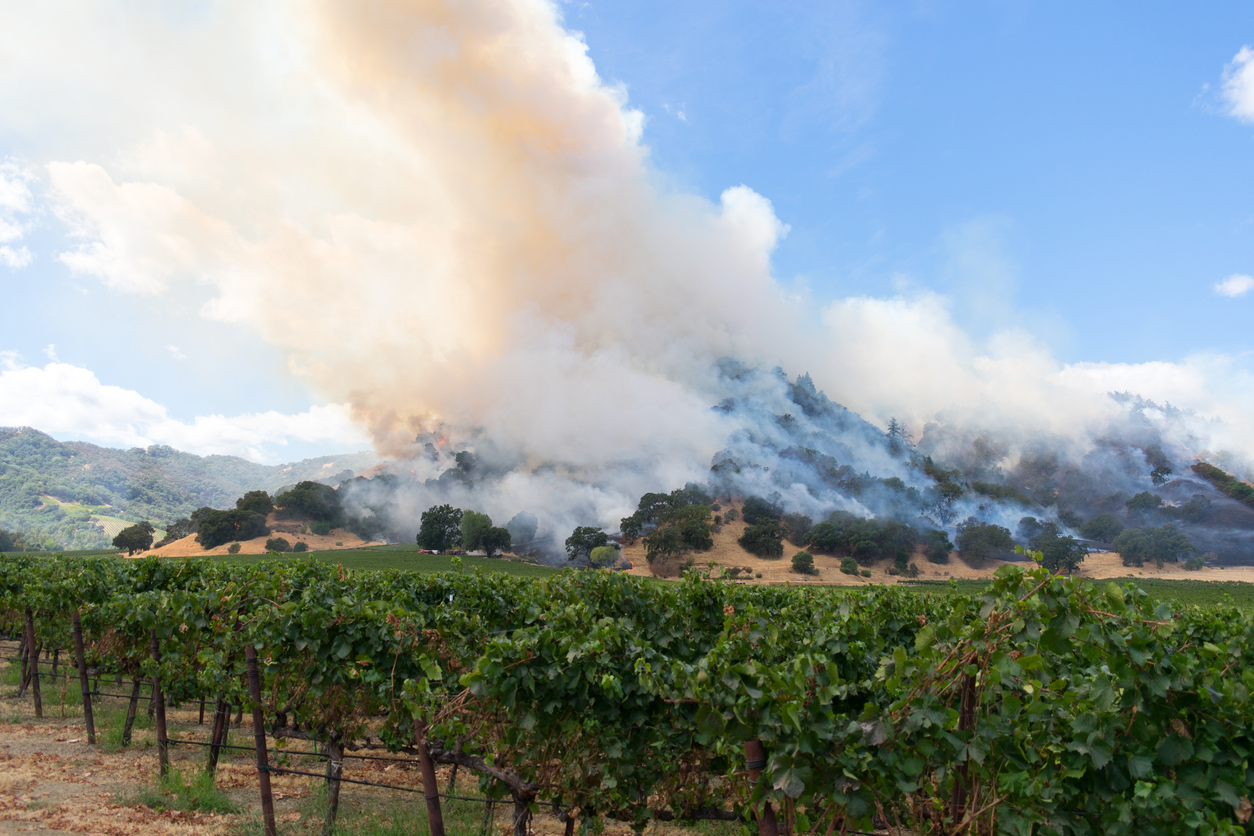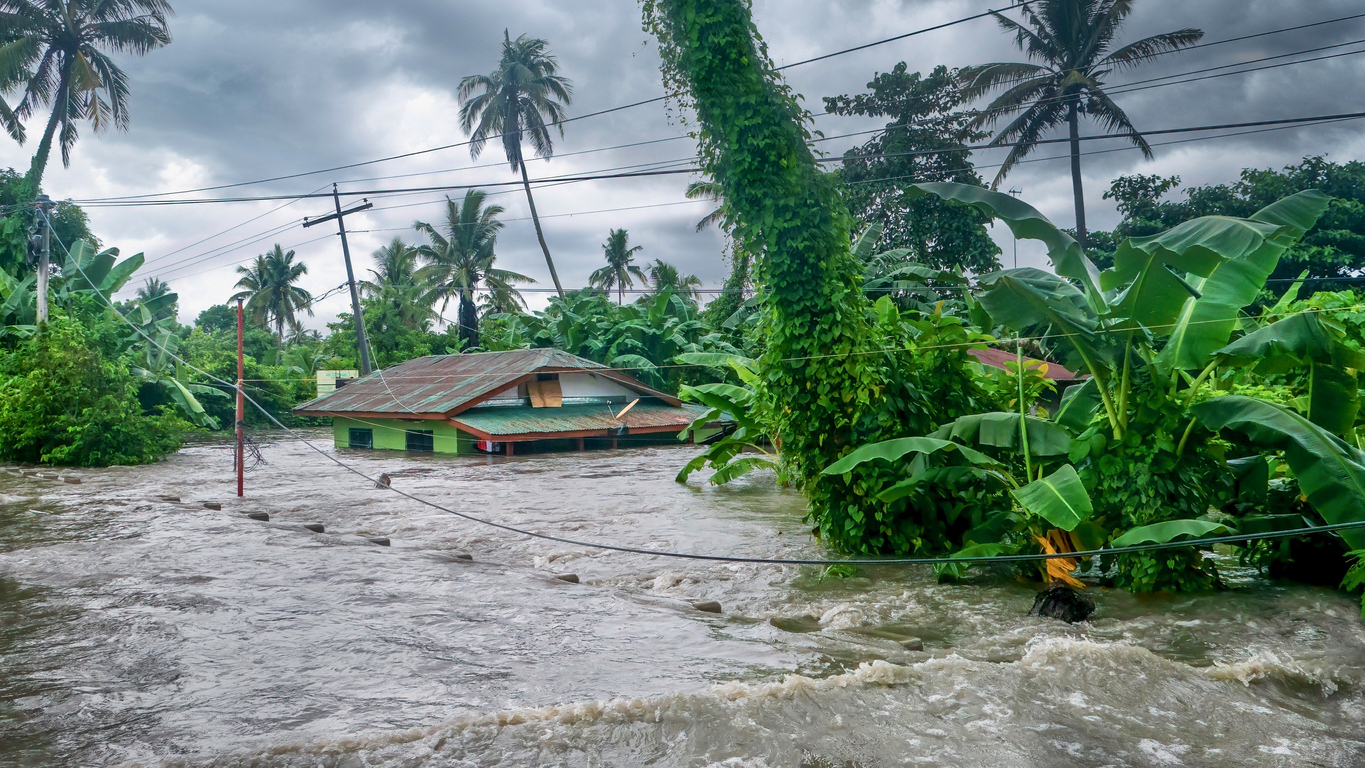Landslides
Floods and Landslides in Brazil
 Large Scale
Large Scale
 29 April, 2024
29 April, 2024 The state of Rio Grande do Sul in Brazil is facing a crisis due to floods and landslides caused by intense rainfall. Entire districts have been engulfed by water from overflowing rivers, leaving a trail of destruction and despair.
The combination of three significant meteorological factors is responsible for the heavy rains in the region. High winds moving South caused by humidity in the North of the country, an area of moisture trapped over the state of Rio Grande do Sul, and a heat wave in the country’s centre created the ideal environment for severe weather. These factors are exacerbated by the El Niño phenomenon and worsened by global warming.
Timeline
- April 27: Start of heavy rains and hail in the Vale do Rio Pardo and neighboring regions.
- April 29: Issuance of the first red alert for a high volume of rain by the National Institute of Meteorology (Inmet).
- April 30: Registration of the first 5 deaths and disappearance of eighteen people. 77 municipalities have already been impacted by the floods.
- May 1: Declaration of a state of public calamity in Rio Grande do Sul. Increase to 114 affected municipalities and more than 19 thousand people impacted. Total of 10 confirmed deaths.
- From May 2: Surge in the number of fatalities, with 19 new deaths recorded. The Civil Defense warns of the imminent overflow of Lake Guaíba and begins evacuations.
- May 3: More than half of the state was affected by floods, reaching 265 municipalities. Lake Guaíba reaches a historic level of 4.77 meters, causing floods in the capital. The dam of the 14 de Julho Hydroelectric Plant enters the collapse process.
- May 4: The number of deaths reaches 55, with 74 disappearances. Over 400 thousand points are without electricity and 186 municipalities are without internet and telephone signal.
- May 5: 78 deaths and 175 injuries recorded, affecting 341 municipalities and more than 840 thousand people.
- May 6: Lake Guaíba reaches the historic mark of 5.33 meters. Porto Alegre airport is flooded and closed indefinitely. 85 confirmed deaths, 385 municipalities affected.
- May 7: Around 160 thousand people were displaced. Despite the decrease in rain, neighborhoods remain flooded.
- May 8: Arrival of a new cold front, increasing rains and winds.
- May 9: More than 1.7 million people were affected, resulting in shortages and mass evacuations.
- May 10: 126 deaths, 141 missing, 756 injured. About 1.9 million people were affected, with 340 thousand displaced and 71 thousand in shelters.
- May 13: Reports of low-intensity earthquakes in areas affected by the floods.
In addition to the immediate damages, floods in Rio Grande do Sul have caused significant economic impacts. Sectors such as agriculture, livestock, and industry have been severely affected, with losses estimated in millions of reais.
As a result of the floods, there are growing concerns about the increase in infectious diseases, such as diarrhoea, respiratory problems, and dengue, requiring a quick and coordinated response from health authorities.
The situation continues to evolve, and assistance and reconstruction measures are underway to help affected communities recover from this tragedy.
In the image below, “Cavado” is a wind condition which turns back in the direction it came from. “Umidade” is humidity and “Onda de Calor” is a heat wave.
BI Issues
- Government assistance considerations and loss mitigations.
- Prevention of access – inability to access businesses due to the flood.
- Property damage to local businesses caused by rain and flood.
- Lack of Public utilities – damage to providers of electricity, gas, sewage, and telecommunications
- Evacuation by government authorities.
- Contingent BI – Supply chain issues mainly in agriculture production and shipment.
- Increased cost as a result of alternative suppliers.
- Extraordinary expenses with cleaning and recovering facilities.
- Extraordinary costs associated with Labor.
- Costs with reconstruction in new locations.
- Isolating non-loss-related factors
- Identification of the cause of loss and other contributing factors to determine proper policy limits.
- Consideration of foreseen inflation adjustments clauses on indemnities.
Early involvement of the appropriate experts can help with the need for any mitigation efforts.
MDD has considerable expertise in dealing with these types of claims and the complexities that may occur. Experts like those of us at MDD will stress the need for proper audit protocols, controlling and sorting of costs and accounting for any potential saved expenses.
Related Updates
Contact a member of our local team below to discuss your needs.
New Assignment

